Thanks to TikTok Teens Are Self-Diagnosing Themselves With Mental Illness
PocketEpiphany
Published
01/20/2022
in
facepalm
If you use TikTok at all, it's probably as a simple diversion. A way to watch a quick skit, perhaps, or maybe hear some catchy music.
However, many use TikTok as an educational tool. This has led to some people trying to diagnose their own mental health through TikTok, and here's why that is a DISASTER waiting to happen.
However, many use TikTok as an educational tool. This has led to some people trying to diagnose their own mental health through TikTok, and here's why that is a DISASTER waiting to happen.
- List View
- Player View
- Grid View
Advertisement
-
1.
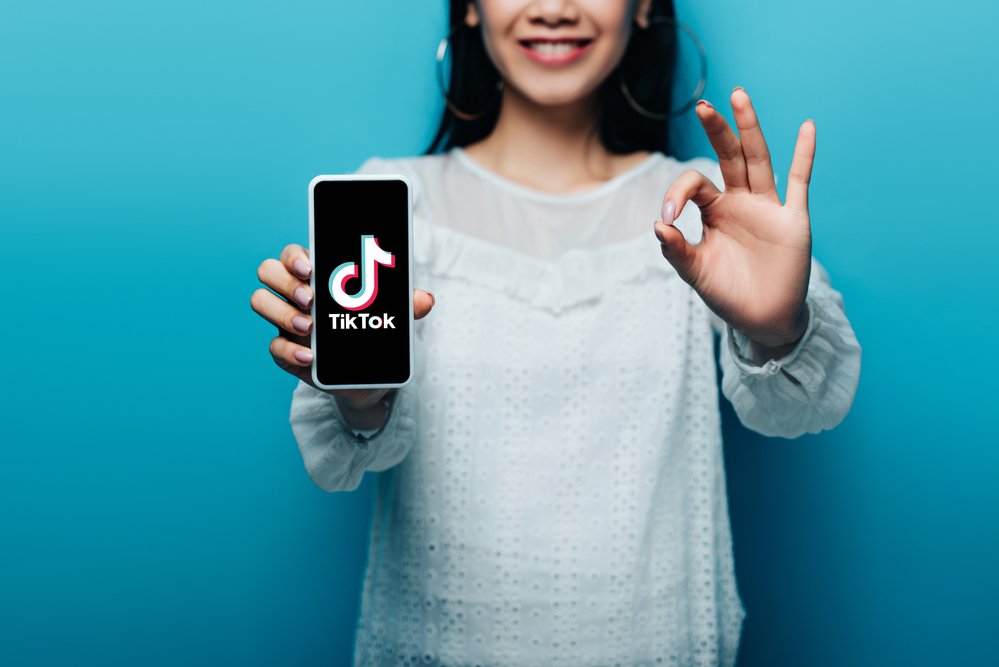
Who Is Self-Diagnosing On TikTok?
Let’s start with the obvious question: who, exactly, is using TikTok to diagnose themselves with a mental illness?
That’s a question that has an equally-obvious answer. After all, which group has made TikTok into such a dominant cultural force? Teenagers, of course!
Think of this like a perfect and inevitable storm. The primary demographic for the popular video streaming platform is going through the emotional highs and lows of adolescence, all while dealing with school, navigating relationships, and finding their place in the world.
Using TikTok to self-diagnose is relatively new. But to anyone who has been on the internet for a while, this may all seem a little too familiar. -
2.
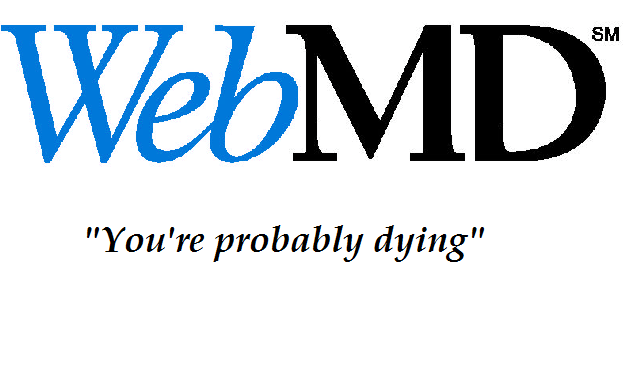
TikTok: The New WebMD
If you’re an old like me and all of this seems fairly inscrutable, here is an easy way to make sense of all this. Just think of TikTok as the new WebMD.
Many of us have memories of turning to WebMD or similar online resources when we were experiencing health problems. And perhaps the most common shared experience of using WebMD is going there to figure out what was up with your cough, fever, or other mild issue and walking away convinced that you were about to die.
Eventually, this became a kind of pop-culture joke that we could collectively laugh at. And it helped that there was some distance between the WebMD writers (sometimes anonymous and sometimes not) that allowed us to eventually ask “what the hell does this random person really know?”
But with TikTok, the tips on how to diagnose mental health issues are coming from the same demographics that are consuming the videos. A teenager is much likelier to trust another teenager over a random website or most adults, and this kind of “social proof” helped validate (quite incorrectly) TikTok as a health diagnostic tool. -
3.
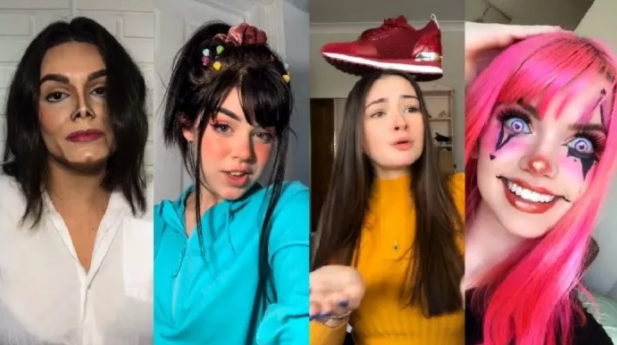
The Extreme Always Seems To Make An Impression
At this point, you might be thinking that this can’t be all that bad. If TikTok can help the mentally ill realize they need help, especially earlier in life, then that might seem like a “win/win” all around.
However, the main issue is that TikTok influencers quickly realized what other internet content creators realized long ago. And that is that it usually takes something very extreme to make an impression on others.
For example, hashtags like #borderlinepersonalitydisorder led many teenagers to think they have BPD. Unfortunately, BPD is almost impossible to diagnose in adolescents because some of its symptoms are functionally the same as normal teen behavior (including mood swings and erratic behavior).
More insanely, hashtags like #dissociativeidentitydisorder have convinced thousands that they have multiple personality disorders even though that affects less than one percent of the global population. -
4.
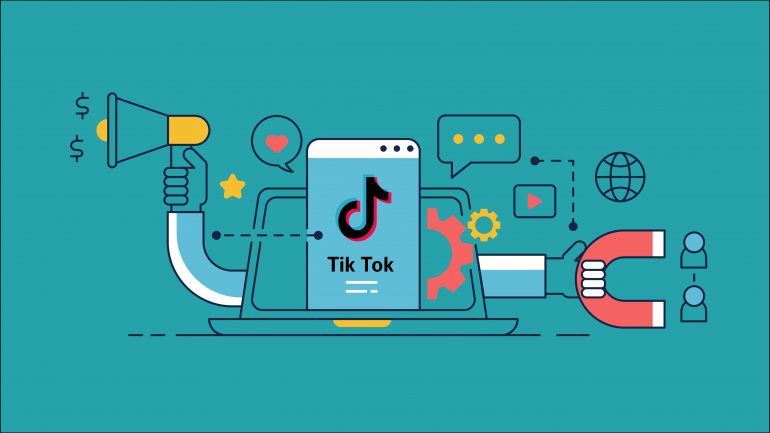
Here Comes the Algorithm
So far, this may seem like standard content creator stuff. Creators hungry for clicks release extreme self-diagnosis videos (some with good intentions, some simply seeking clout) to the world. But this wouldn’t be an issue if nobody was clicking on them.
And that’s where the algorithm comes in. Everyone knows how bad the Youtube algorithm is: one minute you’re watching a savage parody of Alex Jones screeching about gay frogs, the next minute Youtube assumes you want to watch a supercut of every single Donald Trump rally.
TikTok, sadly, is just as bad. Someone might start out exploring content created by genuine mental health professionals with years of training, but it won’t take long before they are watching some TikTok teen talk about how all of those bad breakups are a sign of different personalities.
And the algorithm often makes no distinction in how much you like a video beyond how long you watch it. So hate-watching a video, or simply watching it with extreme incredulity, will put the same self-diagnosis videos on your feed as it would if you were a true believer in all of this from the beginning. -
5.
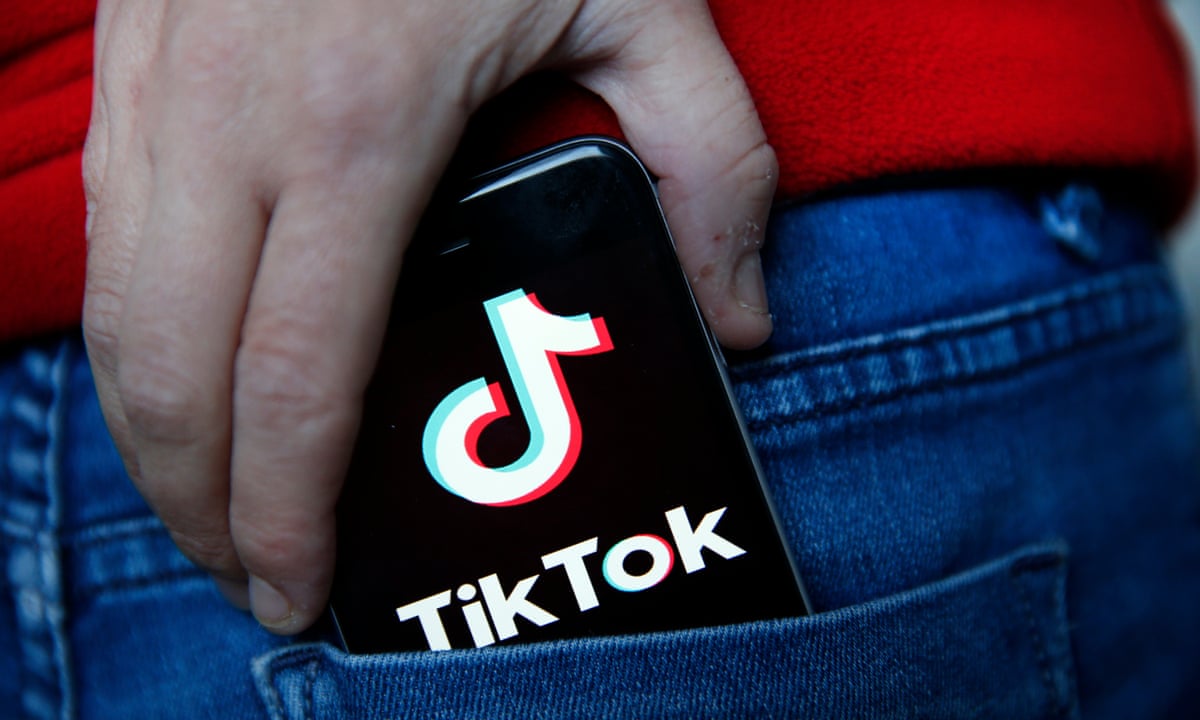
The Pandemic Makes Things Worse
Of course, TikTok has been around since 2016. So why are we only getting widespread stories of teens self-diagnosing mental health over half a decade later?
As with most things, you can blame it on the pandemic. Many teenagers were already limited in their ability to leave the house if they didn’t have a car or couldn’t drive. Thanks to the COVID-19 global pandemic, teenagers faced additional travel-limiting factors ranging from school, city, and state lockdowns to good, old-fashioned parental concerns.
Bottom line? Like the rest of us, teenagers were stuck inside with very little to do for about two years. Many of us joked about how these lockdowns were making us crazy. And when it came to TikTok-loving teens, they had a small army of their peers telling them not only that they were definitely crazy but exactly how to figure out what kind of crazy they (probably don’t actually) have. -
6.
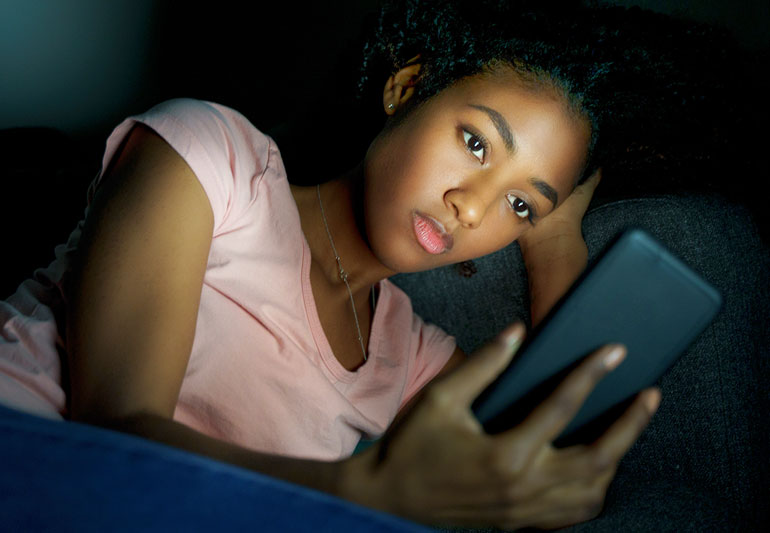
The Search For Identity and Community
While self-diagnosing mental illness may seem strange and unusual, the mechanisms by which it works are very familiar. It’s the same thing you see on virtually every other website and social media platform: TikTok is designed to place users in an echo chamber which reinforces their beliefs. So even if someone is skeptical about their recent self-diagnosis, thousands of TikTok videos are waiting to make them think this diagnosis is completely true.
And there is an underlying note of tragedy here given that the primary demographic doing this is teenagers. Moreso than any other group, this is a demographic that is both questioning their own identity and looking to find a place in a larger community. These TikTok videos seemingly provide answers about identity and foster a sense of community, but they could be doing longer-term damage to these teens’ mental health as they grow older.
There may be a silver lining in this story, though. One of the reasons this younger generation is susceptible to this kind of manipulation and misinformation online is that they take their own mental health far more seriously than previous generations did. If (and that’s a big if) some of the biggest believers in these self-diagnosis videos can see through the digital snake oil and seek out actual professional psychologists and other medical professionals, they may become a far more well-adjusted generation than their parents’ or grandparents’ generations could ever dream of!
- REPLAY GALLERY
-
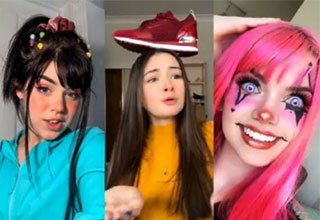
- Thanks to TikTok Teens Are Self-Diagnosing Themselves With Mental Illness
Who Is Self-Diagnosing On TikTok?
Let’s start with the obvious question: who, exactly, is using TikTok to diagnose themselves with a mental illness?
That’s a question that has an equally-obvious answer. After all, which group has made TikTok into such a dominant cultural force? Teenagers, of course!
Think of this like a perfect and inevitable storm. The primary demographic for the popular video streaming platform is going through the emotional highs and lows of adolescence, all while dealing with school, navigating relationships, and finding their place in the world.
Using TikTok to self-diagnose is relatively new. But to anyone who has been on the internet for a while, this may all seem a little too familiar.
6/6
1/6
Categories:
Facepalm


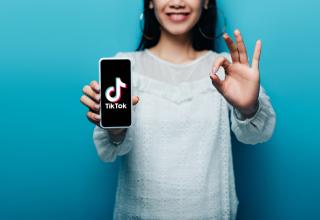

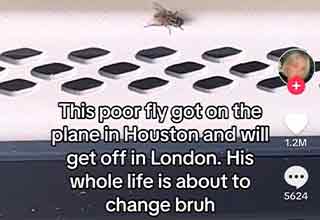

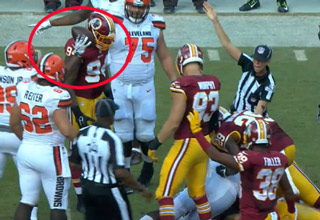


8 Comments